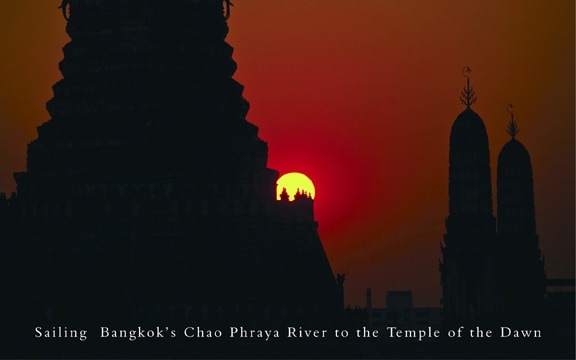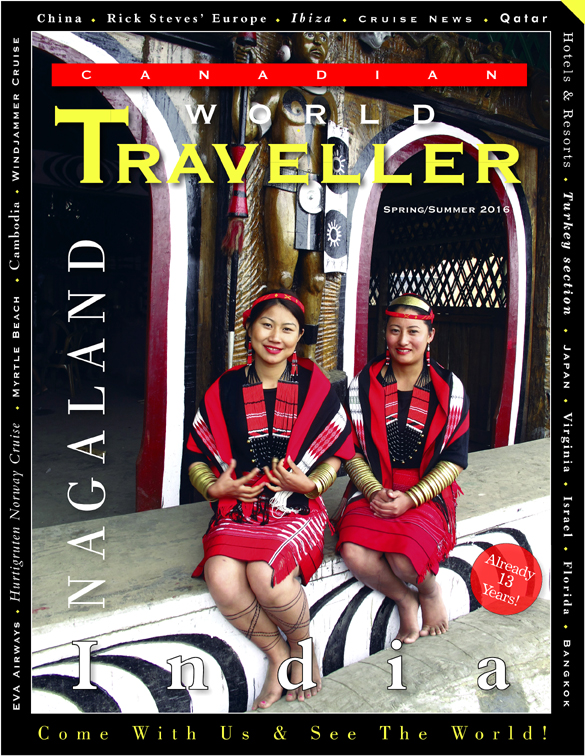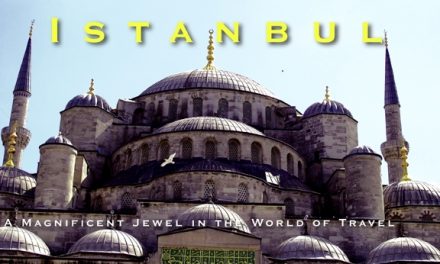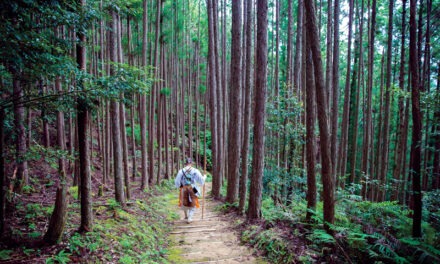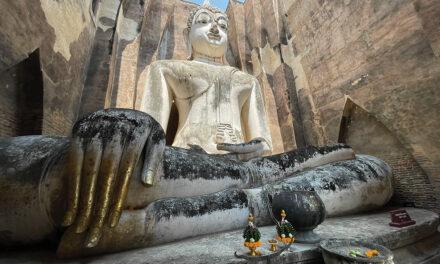Thailand
Sailing Bangkok’s Chao Phraya River to the Temple of the Dawn
by Habeeb Salloum
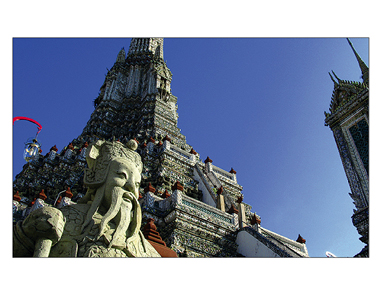
“Is this not better than suffering in the pollution and traffic-clogged streets of Bangkok?” Ling, one of our group of five, appeared to be content as the invigorating Chao Phraya River breezes, carrying drops of water, soothed our bodies. I wholeheartedly agreed, breathing in deeply the fresh-cool air.
We had just hired one of the many-docked hang yaos (curved-tailed water taxis) – riverboats powered by noisy engines. Our point of departure had been the Oriental Hotel pier from where we were sailing up the Chao Phraya to Wat Arun (Temple of the Dawn) – the river’s supreme landmark. I sat back enjoying the exhilarating sense of speed and the refreshing moist-air spray produced by the rooster-tails of our hang yaos.
The Chao Phraya, meaning ‘supreme commander’, on which we were sailing, is Thailand’s main river. It meanders from the Himalayan Mountains then crosses the rice bowl of Asia, ending its journey, flowing through Bangkok to the Gulf of Thailand.
The river, teeming with life, always hums with never-ending activity. For centuries it has been Bangkok’s main highway and its throbbing heart. A good number of hotels and most of the cultural, historical and commercial structures are located only a short distance from its banks.
In between these landmarks rise both eye-catching temples and the run¬down shacks of the poor. Currently almost the only waterway in Bangkok, the Chao Phraya at one time was criss-crossed by klongs (river canals), but now hardly any remain. Most have been covered and converted into streets.
On both banks and in the sluggish waters, there was a panorama of action. People were fishing and washing their clothing and dishes from steps leading to the river. At the same time, children were bathing and splashing in its waters while a short distance away a number were dumping into it their refuse. All around us boats were transporting inhabitants and visitors back and forth on rough-splashy rides.
It was early morning and the sun was illuminating the Temple of the Dawn when we reached its pier It glittered brilliantly, sending its reflection into the river. We had come at the right time of the day. The hang yao’s owner said that the temple is at the epitome of its magnificence when viewed from across the Chao Phraya at dawn or when lit-up in the evenings during public holidays.
Even though dwarfed by the city’s modern skyscrapers, Wat Arun lies across the river from the Grand Palace – an impressive temple-complex of awe-inspiring size and unusual architecture. Called by a number of travellers, the ‘Eiffel Tower of Bangkok’, it is considered to be one of the city’s most striking structures.
Named after Aruna, the Indian god of dawn, Wat Arun is an extraordinary piece of religious architecture whose history goes back almost two hundred years. Constructed of brick, it is covered with millions of pieces of broken-coloured Chinese pottery, cemented in the bed of stucco covering the brick. Cups and plates of all kinds are fragmented and affixed to the plaster in flower patterns of various sizes and shapes, creating a unique look of charm and beauty.
The main part of the temple is a 86 m (282 ft) high central prang. The tallest prang in Asia, representing Mount Meru, the Buddhist centre of the globe, it is surrounded by four smaller prangs, symbolizing the oceans of the world. Each one of these prangs is surmounted by a trident and rests on a number of terraces, supported by countless angels and demons.
We climbed halfway up the central prang’s very narrow and steep staircase. From this height there was a fine view of Bangkok and the nearby glimmering roofs of the Grand Palace. It was a memorable and picturesque finale to an exciting river tour – sailing Bangkok’s Chao Phraya to the Temple of the Dawn..
www.tourismthailand.org
Click on cover to view published article

